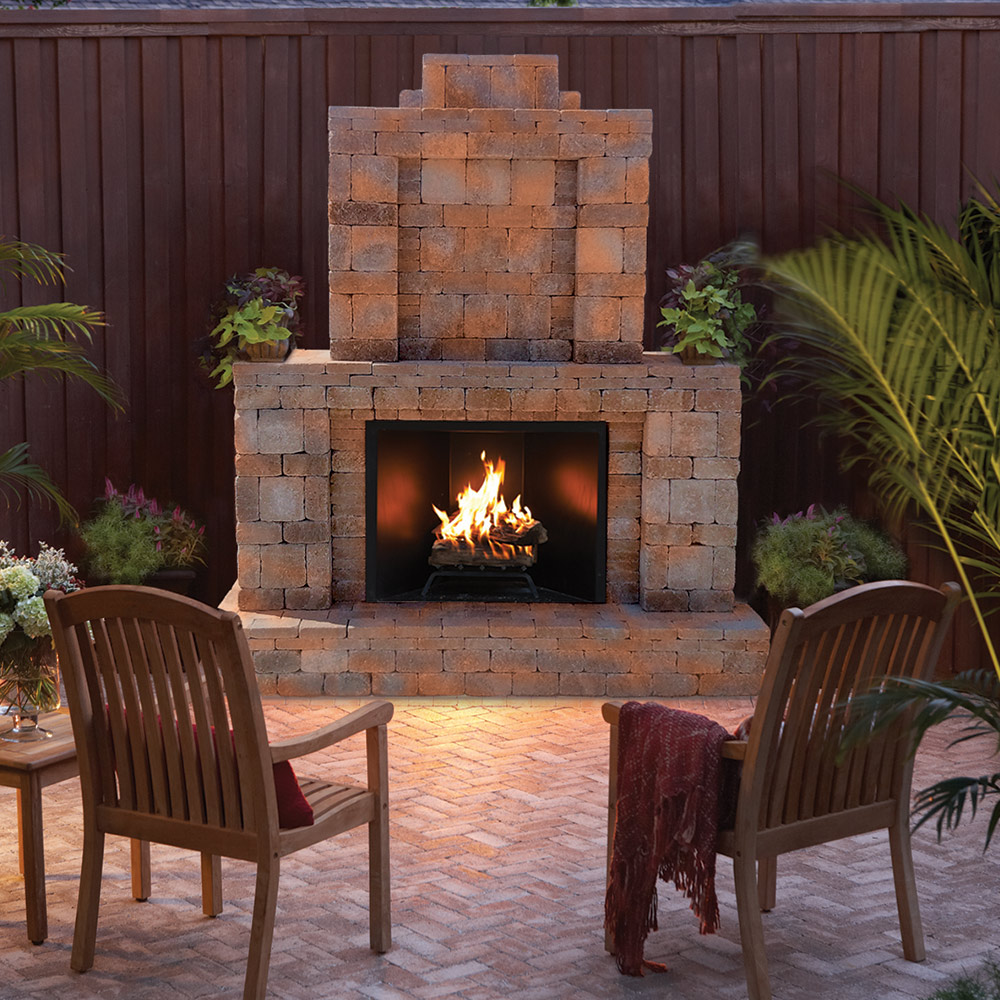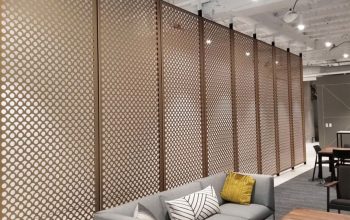The differences between a freestanding wood stove and a fireplace is understood easily, but what exactly is an insert? What’s the difference between catalytic and non-catalytic stoves, for example? What’s the difference between the gets certified by the Environmental Protection Agency and a decorative fireplace outside?
Here’s a rundown of the differences between each style of the wood fireplace and the primary technology that distinguishes them.
Fireplaces made of open masonry
When you think of a wood fireplace outside, you typically think of open masonry fireplaces. These fireplaces get made of brick, stone, or open-masonry. If you live in a home constructed before the 1980s, you probably have an open masonry fireplace. Open fireplaces are inefficient in providing heat, emit a lot of smoke and particulate matter, and can release unpleasant gases or odors into your home.

Inserts for Wood Fireplaces
Wood fireplace inserts are sealed fireboxes that fit inside an existing brick fireplace. They employ existing masonry for the framework and the chimney for venting, lowering installation costs, and maximizing the usage of existing structures.
Old, inefficient open fireplaces get transformed into efficient heating systems with the use of wood fireplace inserts. Wood inserts are frequently used with a blower to push warm air even deeper into the home. Wood inserts are ideal for quick and inexpensive modifications that may completely modify a room’s and a home’s heating capacities with very little work.
Fireplaces that burn wood
Wood-burning fireplaces are fireboxes that get built into the wall. They are different from open masonry fireplaces in that they do not require a chimney and instead rely on venting, similar to wood stoves and fireplace inserts. For new homes without a chimney or a brick fireplace, wood fireplaces are the best solution. Wood-burning fireplaces nowadays are just as efficient and create just as much heat as their wood-burning stove counterparts. Their applications get confined to new construction or large-scale restorations.



